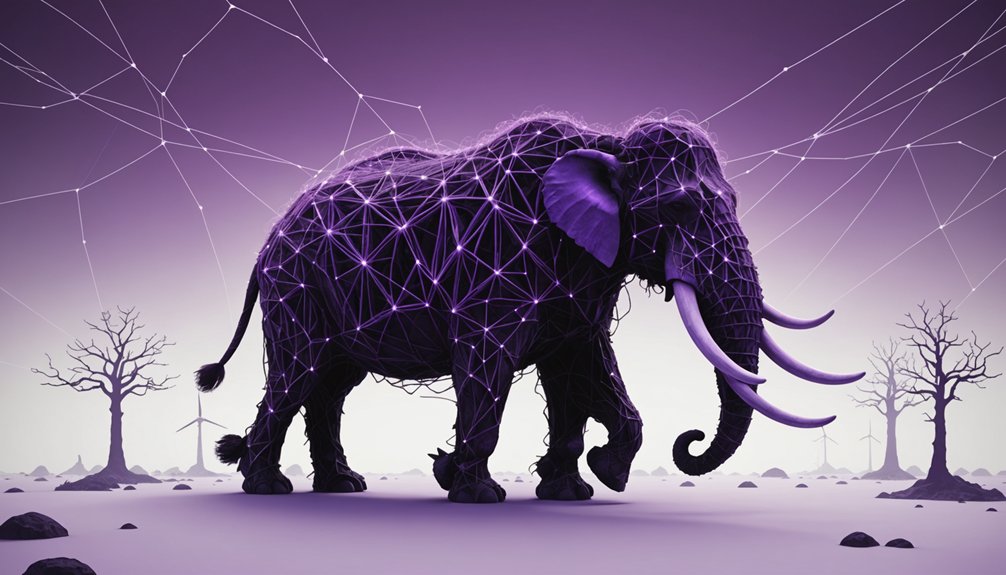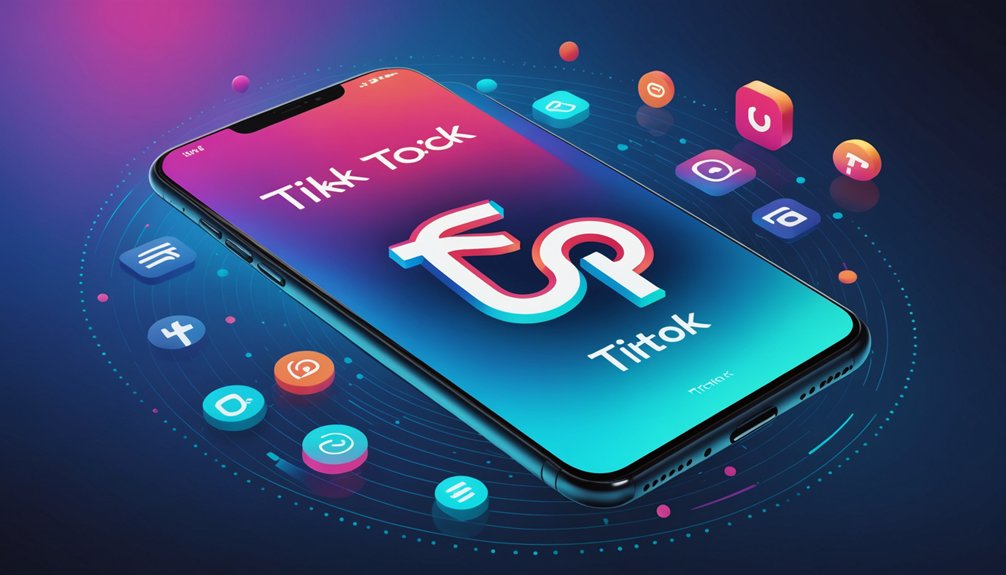Transfer learning revolutionizes AI development, plain and simple. It cuts development time by 40% and boosts performance by 15-20% across image classification, NLP, and more. No starting from scratch—just fine-tune existing models. Companies slash costs by 30%, making advanced AI accessible even to smaller players with limited data. It’s like having an experienced teacher rather than learning the alphabet again. The smart money’s already capitalizing on this practically mandatory approach.

A game changer. That’s what transfer learning has become in the AI development landscape. It’s revolutionizing how models are built, trained, and deployed. No more starting from scratch every single time. Who has time for that anyway?
Transfer learning slashes development time by up to 40%. Think about it. Organizations can take pre-trained models and simply fine-tune them for specific tasks. Fewer iterations. Less hassle. More results. The training process accelerates dramatically when models leverage existing knowledge instead of learning everything from the ground up. Computational resources? Considerably reduced.
Transfer learning: pre-trained wisdom that cuts development time nearly in half while amplifying results and reducing computational strain.
Performance jumps by 15-20% in tasks like image classification. Not too shabby. Pre-trained models have already learned general representations from massive datasets. They understand patterns, features, relationships. This broad foundation improves prediction accuracy even when new data is limited. The models are simply more robust. Implementing fairness audits during model transfer helps ensure biases aren’t propagated across applications. Similar to modern fraud detection systems, these models excel at identifying complex patterns and anomalies in real-time.
Money talks. Businesses can cut AI development costs by up to 30% using transfer learning. It’s democratizing AI, making advanced solutions accessible to companies without Google-sized budgets. Smaller datasets become viable. Computing resources stretch further. The economics just make sense.
Overfitting—the bane of machine learning—becomes less problematic. Transfer learning provides broader data representation that helps models generalize to unseen data instead of memorizing noise. They perform better in the wild, not just in sterile test environments.
The versatility is impressive. Healthcare, finance, retail—transfer learning works across domains. Image classification, natural language processing, speech recognition—it’s equally effective. Knowledge jumps between related tasks with surprising effectiveness. Proper data preparation is essential for maximizing transfer learning’s effectiveness across these diverse applications. For agricultural applications, it significantly improves crop yield predictions and pest detection capabilities.
Data scarcity? Not such a big deal anymore. Transfer learning thrives even with limited training examples. It’s like having experienced teachers instead of figuring everything out alone. The models learn efficiently, building on established foundations rather than starting from zero.
For organizations serious about AI implementation, transfer learning isn’t just nice to have. It’s practically mandatory. The alternative? Falling behind while competitors race ahead.
Frequently Asked Questions
What Is the Computational Cost of Transfer Learning?
Transfer learning slashes computational costs compared to traditional methods.
It requires less processor power, memory usage, and training time – about 25% reduction in some cases. No need for massive datasets either. Efficient? You bet.
The approach repurposes pre-trained knowledge, making model adaptation quicker and cheaper. It’s basically recycling for AI models.
Computational resources aren’t cheap, and transfer learning helps developers avoid breaking the bank.
Can Transfer Learning Work Across Different Data Modalities?
Transfer learning absolutely works across data modalities.
Models can jump between text, images, and audio by leveraging common features like edges or phonemes. It’s not magic, though. Success depends heavily on task similarity and proper adaptation.
Some layers need to be modality-specific while others can be shared. The real beauty? It helps with data scarcity problems.
Got limited audio data? No problem. Borrow knowledge from your text-heavy datasets instead.
How Does Transfer Learning Impact Model Bias?
Transfer learning can be a double-edged sword for model bias. It often transfers biases from source tasks to target models – sometimes even introducing biases that weren’t in the target data originally. Tough luck.
The closer the tasks, the more biases stick around. Pre-training embeds these biases deep, making them hard to shake during fine-tuning.
Debiasing efforts help, sure, but they’re not foolproof. Continuous monitoring is essential. No free lunch in AI, folks.
Is Transfer Learning Effective for Specialized Industry Applications?
Transfer learning excels in specialized industry applications. The facts don’t lie. In manufacturing and aviation, it powers predictive maintenance.
Healthcare? Medical diagnoses improve when models learn from existing data. Drug discovery moves faster—way faster.
Even cybersecurity benefits from threat detection enhancements.
The tech adapts across industries with minimal fuss. Pre-trained models need less data to perform specialized tasks. That’s huge.
For resource-constrained sectors, it’s a game-changer. Efficiency meets specialized knowledge.
What Are the Privacy Implications of Transfer Learning?
Transfer learning poses notable privacy risks. Data exposure isn’t eliminated – sensitive information can still leak through model parameters.
Sure, techniques like Federated Learning help by keeping data on local devices, but they’re not bulletproof. Models remain vulnerable to attacks that extract participant data.
GANs can recreate private information. No inherent privacy guarantees here, folks.
Regulatory compliance is a must when dealing with sensitive data. The privacy-utility tradeoff? Still a major challenge.




